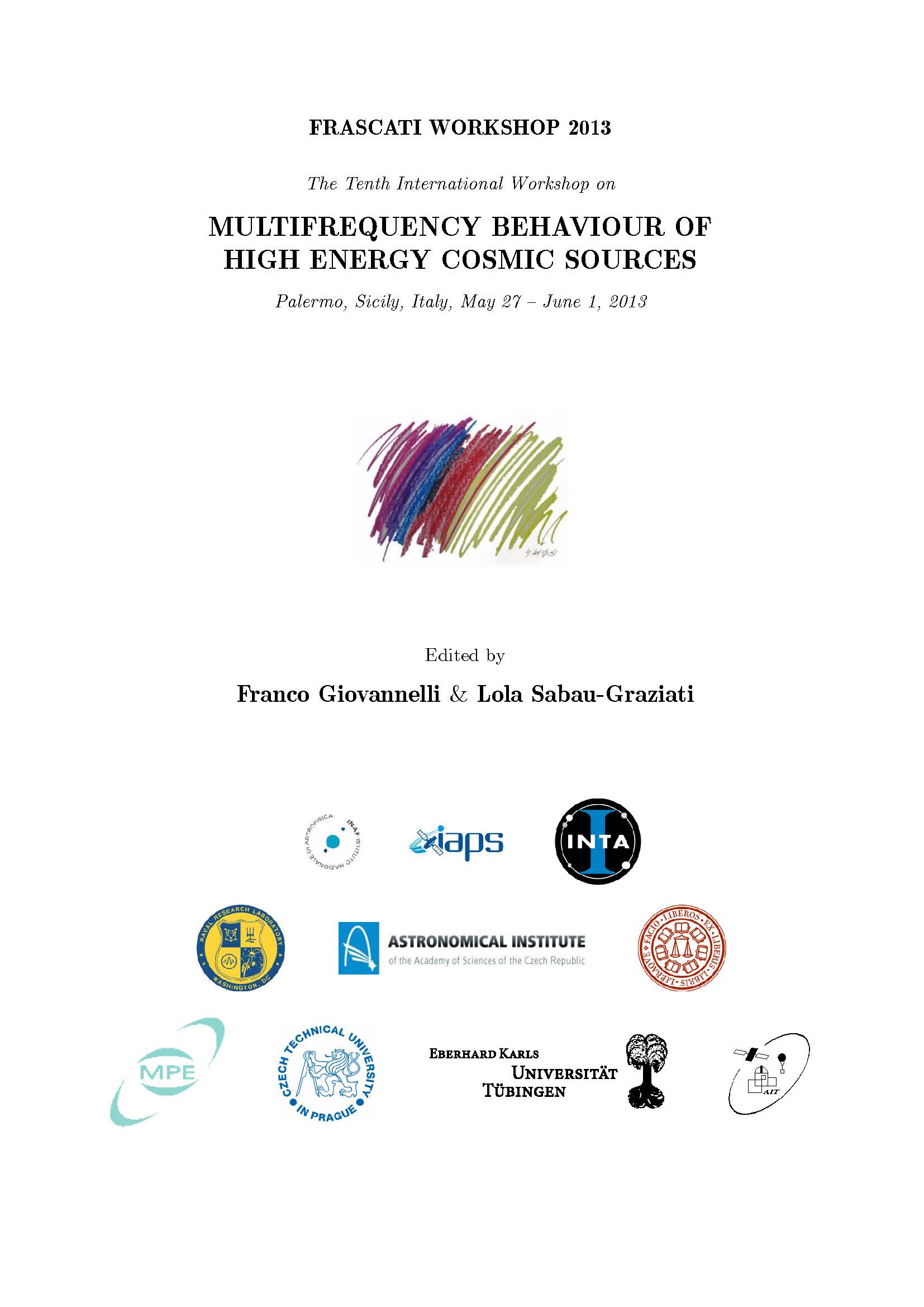Star Formation in Tadpole Galaxies
DOI:
https://doi.org/10.14311/APP.2014.01.0096Abstract
Tadpole Galaxies look like a star forming head with a tail structure to the side. They are also named cometaries. In a series of recent works we have discovered a number of issues that lead us to consider them extremely interesting targets. First, from images, they are disks with a lopsided starburst. This result is rmly established with long slit spectroscopy in a nearby representative sample. They rotate with the head following the rotation pattern but displaced from the rotation center. Moreover, in a search for extremely metal poor (XMP) galaxies, we identied tadpoles as the dominant shapes in the sample - nearly 80% of the local XMP galaxies have a tadpole morphology. In addition, the spatially resolved analysis of the metallicity shows the remarkable result that there is a metallicity drop right at the position of the head. This is contrary to what intuition would say and dicult to explain if star formation has happened from gas processed in the disk. The result could however be understood if the star formation is driven by pristine gas falling into the galaxy disk. If conrmed, we could be unveiling, for the rst time, cool ows in action in our nearby world. The tadpole class is relatively frequent at high redshift - 10% of resolvable galaxies in the Hubble UDF but less than 1% in the local Universe. They are systems that could track cool ows and test models of galaxy formation.Downloads
Published
Issue
Section
License
Copyright notice
Authors who publish with this journal agree to the following terms:
1. Authors retain copyright and grant the journal the right of the first publication with the work simultaneously licensed under a Creative Commons Attribution License that allows others to share the work with an acknowledgement of the work's authorship and initial publication in this journal.
2. Authors are able to enter into separate, additional contractual arrangements for the non-exclusive distribution of the journal's published version of the work (e.g., to post it to an institutional repository or to publish it in a book), with an acknowledgement of its initial publication in this journal.
3. Authors are permitted and encouraged to post their work online (e.g., in institutional repositories or on their website) prior to and during the submission process, as it can lead to productive exchanges as well as earlier and greater citation of the published work (See The Effect of Open Access).


